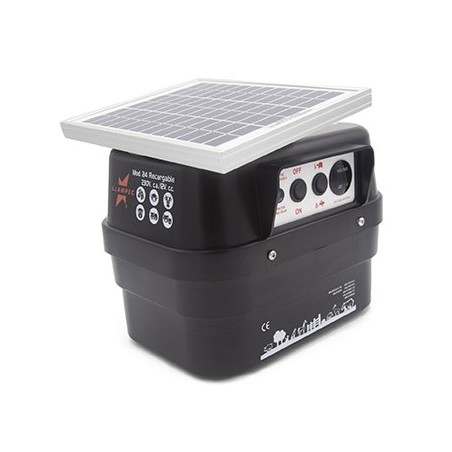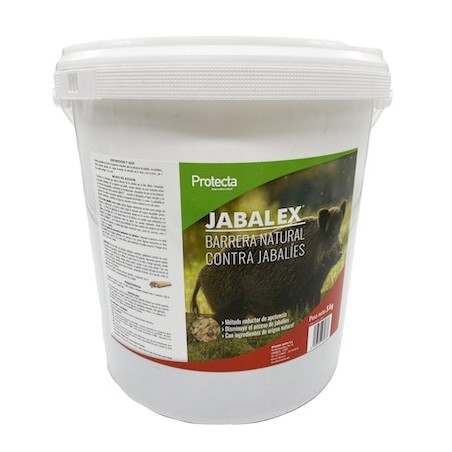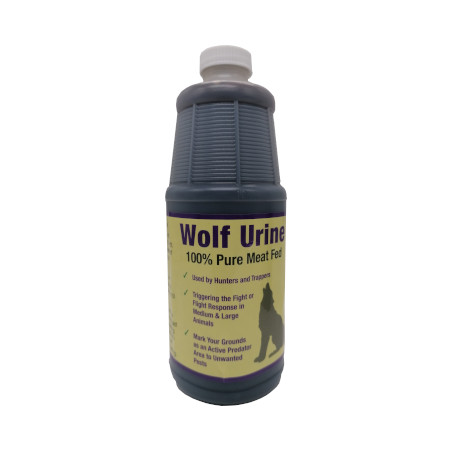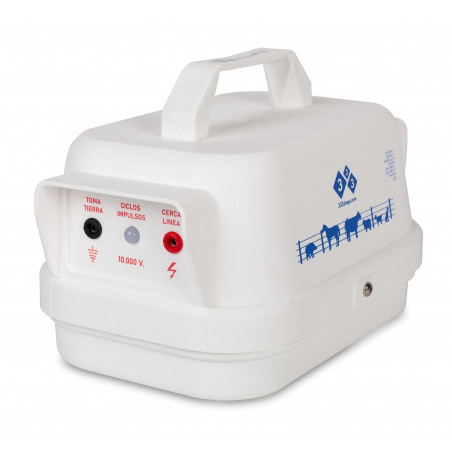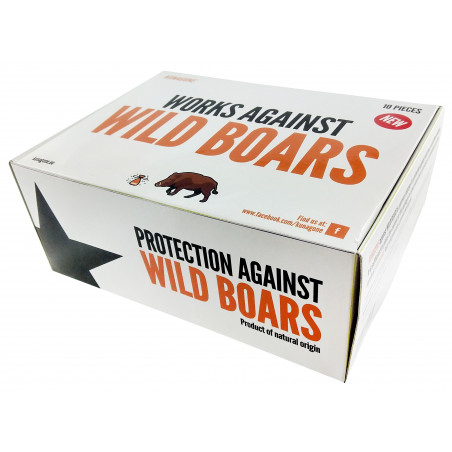In 2025 there will be two million wild boar in Spain. This is what’s forecast if the current demographic trends are maintained and there are no drastic changes in any of the following factors:
- The Habitat carrying capacity, especially the amount of food available.
- Mortality by hunting or by other control actions.
- The emergence of an epidemic with intense and sustained mortality, which is what nobody wants.
The population of wild boar today already exceeds one million in Spain, and easily, 10 million in Europe (www.enetwild.com). Most of the public may find the quantity of wild boar irrelevant. At the end of the day, there are more than 30 million pigs in Spain, i.e. 30 pigs per boar. However, wild boar have negative effects on several sectors. Traffic accidents for example, or damage to agriculture that is increasingly serious. There are adverse effects on conservation, for example of waterfowl. And there are effects on public health (Crimean-Congo haemorrhagic disease, hepatitis E, trichinellosis...). But the greatest damage is for the pig industry, whose health status can be compromised. The recent expansion of African swine fever demonstrates the risk posed by the coexistence of large populations of wild boar with pig farms.

The news that wild boar populations continue to grow is bad, but the feeling that there are hardly any intervention options to avoid it, is even worse. There are two contexts, two scales to work on. One is the local scale, and we will deal with it on another occasion: the action on an occasional focus, for example when there is a sudden outbreak of swine fever or another serious disease. The other is the one we address in this article: the country scale, with the aim of stabilizing or even progressively reducing the abundance of wild boar, reversing current trends. What tools do we have for it?
Control options
There are four options that can be considered in the light of current knowledge and in the European context:
- Recreational hunting
- Elimination of wild boar by professionals using firearms
- Use of traps
- Long-term actions to reduce the habitat carrying capacity.
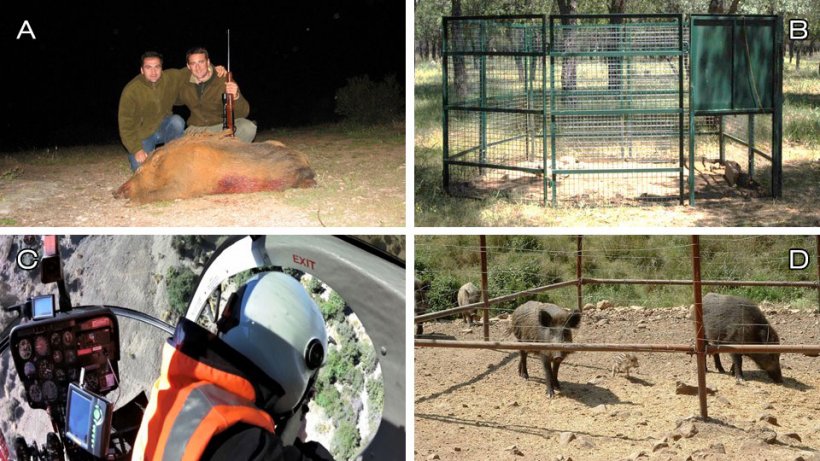
Photo 1: Control options: A) recreational hunting; B) trapping; C) elimination by professionals (in this case from a helicopter; photo courtesy of Ivor Jockney); D) habitat management: suppression of feed and protection of crops (photo: fixed feeder for wild boar).
Although it sounds strange, success will only come from the combination of several of the previous options, particularly the first and the last ones. Other options, such as fertility control, are far from being applicable effectively since it would only work by having access to > 70% of females older than 6 months. The form of administration must also be considered; the efficiency of products for oral administration would be greater than that of the injectable products that are available today. But then, these would not be selective and could affect other species.
Let’s review them one at a time.
Recreational hunting can contribute significantly to regulate the population of wild boar. But it is insufficient. This statement is easy to prove just by looking at the growth curves of the European wild boar populations. Despite recreational hunting, more wild boar are hunted every year, indicating that populations continue to increase. Depending on the quality of their habitat, hunting intensity and other factors, their annual growth is between 5% and 15%. In other words, hunting eliminates 50% of the wild boar each year, but a 65% should be hunted in order to keep the balance, which is difficult to achieve. The situation would be worse without the hunting, and the analysis carried out in Asturias indicate an exponential growth in case of failure of this management tool. But beware, if hunters resort to supplementary feeding, the desired effect on population control may even be the opposite to what would be expected.
The options available to increase the removal beyond recreational hunting are two, elimination of wild boar by professionals and captures with boxes or corral traps. The first option should be applied to ensure that a 65% minimum extraction is reached in each territory so to allow the population to stabilize, or eventually overcome it. The second one, trap-based extraction, is especially expensive and not particularly effective, but it may be the only option in security areas, peri-urban areas or similar situations (hunting is not allowed in 13% of spanish territory).

Photo 2. Captures with boxes or traps are an option in areas where boar hunting is not possible, but they are expensive and not always effective.
Finally, the most sensible thing is to work in the long term to reduce the habitat carrying capacity. Only by reducing the resources available to the wild boar (mainly food), will we sustainably reduce the abundance of this opportunist. We have the possibility to act on two key resources: the food provided by the hunters themselves and the most attractive crops for the wild boar.
Feeding wild boar
Hunters provide wild boar with feed, not only in Spain but throughout Europe, and do so mainly for one of the following reasons:
- To maintain densities higher than they would be in a natural scenario, thus facilitating hunting and increasing income (supplementary feeding).
- To keep wild boar away from certain crops in an attempt to reduce damage (dissuasory feeding).
- To temporarily concentrate animals in certain areas in order to increase hunting efficiency (spot feeding).
- To attract animals to specific points for stalk hunting (baiting feeding).
Data from several European countries estimate this feed provision at around 1-1.5 tonnes per km2 per year. These practices contribute significantly to the problem of over-abundance of wild boar, as they double the environment carrying capacity. Consequently, they should be very strictly regulated, or simply be just prohibited, although there might be exceptions for fenced land with no livestock and high hunting pressure.
Crop protection
This second battlefield to take away resources from wild boar is equally difficult. Fencing cornfields and similar attractive crops, or setting up protection measures such as electric fencing and related devices, will help mitigate the damage to crops but also will, above all, deprive the wild boar of an important source of refuge and food. Any investment in crop protection will therefore be doubly beneficial. Even though these are the most sensible measures, they are also the least visible and perhaps the least attractive for those responsible for hunting management in our country.
Time flies and wild boar breed at a faster rate than our ability to control them. Coordinated, ambitious and sustained actions can still avoid dramatic consequences, but they require knowledge, funding and good communication. Deactivating this time-bomb in time is the responsibility of all, hunters, farmers and the administrations




